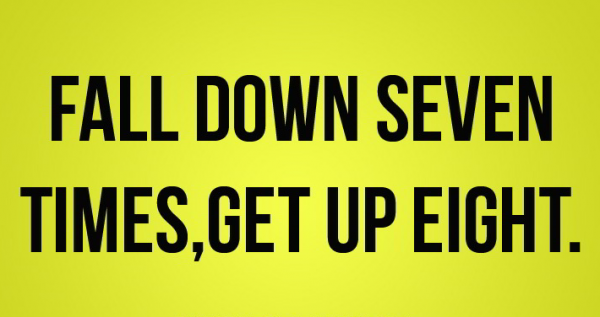To Clip or not to Clip
 There’s something about making the switch to clipless pedals that seems to signal to the world that you’ve made the jump from casual biker to biking enthusiast. But is the expense worth it? Are clipless pedals really necessary in order to take your cycling experience to the next level?
There’s something about making the switch to clipless pedals that seems to signal to the world that you’ve made the jump from casual biker to biking enthusiast. But is the expense worth it? Are clipless pedals really necessary in order to take your cycling experience to the next level?
Clipless Pedals aren’t Actually “Clipless”
The term, “clipless pedals,” is actually kind of a misnomer. The name comes from a time when the only alternative to standard pedals was a toe clip, a strap that went over your toes and attached to your pedals. Clipless pedals did away with the need for toe clips.
Clipless pedals are composed of two parts. The first part is the pedal itself, which is smaller than a standard pedal and contains a locking mechanism. The second part is the specialized shoe, or cleat, with a mechanism on the sole that snaps into the pedal component.
The Advantages of Clipless Pedals
With standard flat pedals, there’s nothing attaching your foot to the pedal but pressure. You have to push down to move forward, and then continue the effort in order to swing your leg back up. With clipless pedals, however, your foot is affixed to the pedal, so you don’t have to maintain any downward pressure on the upswing. On the contrary, you can now unweight that pedal, making your riding significantly more efficient.
Your quads will thank you for going clipless and the added efficiency will give you a nice boost in speed and bike control. Clipless allows you to pull the bike with you, “jumping” it over obstacles. That said, there are instances when remaining attached to your bicycle is not an advantage, which brings us to the cons of clipless pedals.
The Disadvantages of Clipless Pedals
Although there are several advantages to using clipless pedals, they are not necessarily right for everybody. It takes some practice getting used to clipping your foot in and out, and you can expect to topple over with your bike a few times before you get the hang of it. It’s also possible to accidentally become unclipped during a ride, which can be painful when the pedal swings around and catches you in the shin before you realize what’s happened.
Clipless pedals are an added expense. While they improve your efficiency and allow you to engage additional muscle groups, they can also be difficult to master. It’s important to weigh your needs carefully before deciding to make the switch. It’s entirely possible to be committed to cycling without making the change to clipless. In the end, you have to do what feels best for you, and what feels best is usually whatever keeps you riding.
How to Clip in and out of a Bike
If you were to ask me as to what I would do, I suggest getting used to clipless pedals off the get go if you are a road biker, the efficiency gains is well worth the extra stress. However, if you are a mountain biker, it may be a good idea to wait for a season to develop the added bike handling skills that are required. I waited for two full seasons (I crashed a lot) before I went clipless, but since then have never looked back.
Do you ride clipless? How long did it take you to make the change? Do you like it?